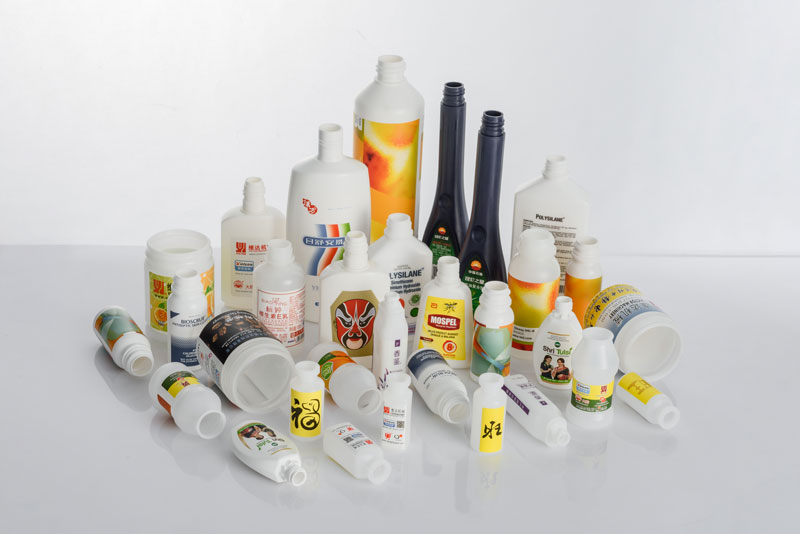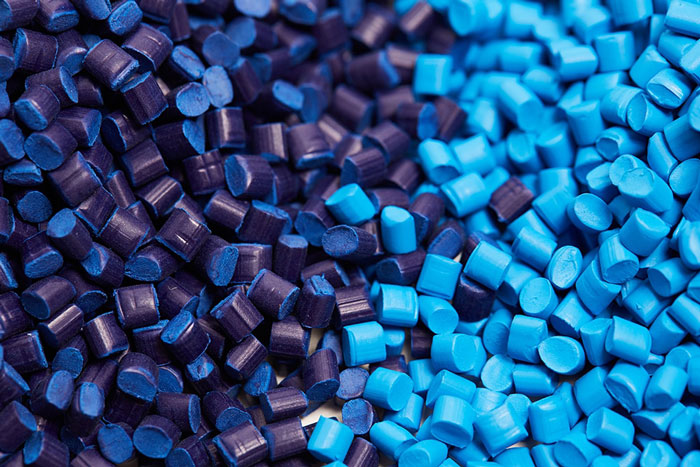The Working Principle of Three-Station Injection Blow Molding Machine?
If you’re involved in plastic manufacturing, understanding the working principle of a three-station injection blow molding machine can significantly improve your production process.
A three-station injection blow molding machine operates through three main phases: injection molding, blow molding, and stripping. These stages ensure efficient and precise production of hollow plastic containers like bottles and jars.
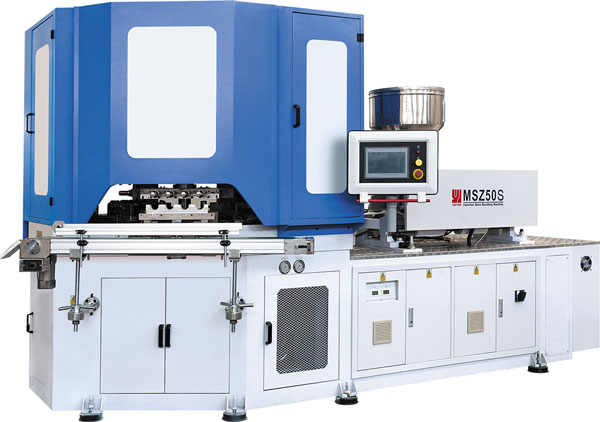
To understand how this machine works, let's dive deeper into each of the three key phases. From injection molding to blow molding and the final stripping step, each operation is crucial for producing high-quality plastic products.
What is the working principle of a three-station injection blow molding machine?
Have you ever wondered how machines can produce hollow plastic containers in such a precise and efficient manner? The answer lies in the well-structured process of a three-station injection blow molding machine.
This machine integrates three processes into one system: injection molding, blow molding, and stripping. The combination of these phases ensures the high precision and efficiency of plastic container production.
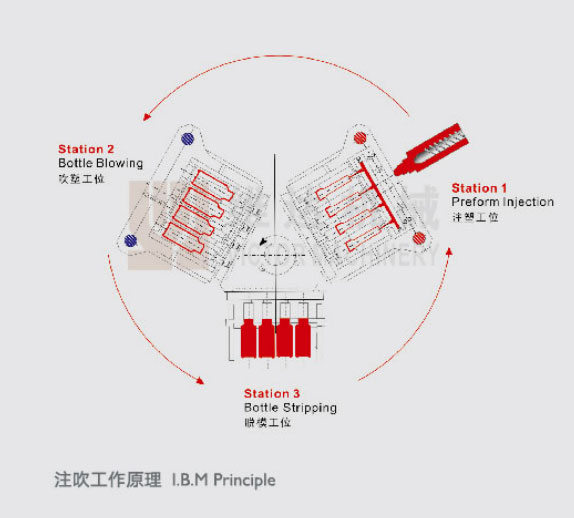
The three-station injection blow molding machine is designed to complete all essential processes without the need for manual intervention or multiple machines. The core principle revolves around the integration of injection molding, blow molding, and stripping into a single, seamless operation.
-
Injection Molding:
During this phase, the plastic is heated and melted in a barrel. The melted material is then injected into the mold cavity where it cools and forms a preform. The mold is designed to fit tightly with the core rod, ensuring no leaks during the injection process. This is the first critical step in the overall operation. -
Blow Molding:
Once the preform has cooled and solidified, it moves to the blow molding station. The core rod, now positioned at a different angle, uses compressed air to inflate the preform. This air forces the plastic into the shape of the final product, such as a bottle or a jar. The precision of this stage is key to ensuring that the end product matches the design specifications. -
Stripping:
The final phase involves stripping the molded product from the machine. This step is facilitated by a stripper frame that pushes the product out of the mold. Once ejected, the product is then conveyed away for cooling or further processing. The stripper station ensures that the plastic containers are removed quickly and efficiently, making the whole process flow seamlessly.
These three stages are designed to work in perfect synchronization, which reduces downtime and increases production efficiency.
How does a three-station injection blow molding machine complete its processes?
Have you considered how a machine can handle injection, blow molding, and stripping in such an efficient manner? Let's explore the details of how each step is executed in a three-station system.
The machine achieves its seamless operation by moving the preform through the injection, blow molding, and stripping stations. Each station completes its task while minimizing production time and maximizing output.
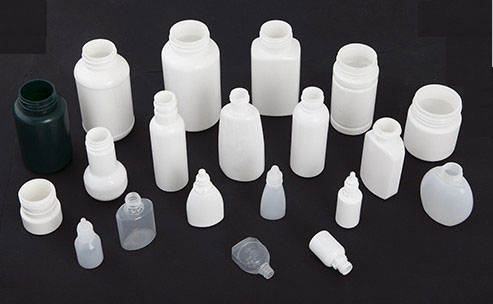
Understanding how the three-station injection blow molding machine completes its processes involves looking at the transition between each stage and the specific tasks each station performs.
-
Injection Phase:
The injection molding phase begins with the injection unit injecting molten plastic into a preform mold. The plastic is heated in the barrel, where external heating elements and shear heat from the rotating screw help to melt it. Once the material is melted, the injection unit moves in and out of the mold cavity to inject the plastic into the mold. This phase is crucial for shaping the preform correctly, which forms the base for the blow molding phase.The injection mold, blow mold, and stripper are arranged at 120° intervals on the machine’s turret. This design ensures that as the machine rotates, each of the three molds gets the appropriate plastic part for processing.
-
Blow Molding Phase:
After the preform has been injected, the core rod moves upward and rotates 120° to position the preform at the blow molding station. At this station, the mold closes around the preform, and compressed air is introduced into the preform via a channel in the core rod. The air expands the preform, giving it the shape of the final product. This phase is crucial for shaping the product, whether it’s a bottle, jar, or other hollow plastic containers.The blow molding phase requires precise control of air pressure, temperature, and time to ensure that the plastic material conforms perfectly to the mold. The blow mold’s design ensures that the end product has the desired dimensions and strength.
-
Stripping Phase:
The final phase of the process is stripping, where the finished product is pushed out of the blow mold by a stripper frame. The machine rotates again by 120°, and the product is removed from the mold and placed on a conveyor belt. This phase is essential for quick removal and smooth handling of the final product, ensuring the machine is ready for the next cycle.The stripper frame works quickly and efficiently to prevent any delays in the production process. It ensures that the molded product is safely removed and transferred for cooling or packaging, maintaining the flow of production.
By integrating these steps into one streamlined process, the three-station injection blow molding machine maximizes efficiency and minimizes downtime. The combination of precise molding, controlled inflation, and effective stripping ensures the production of high-quality, consistent plastic containers.


